M. Wasim Nawaz
Transfer learning for non-intrusive load monitoring and appliance identification in a smart home
Jan 08, 2023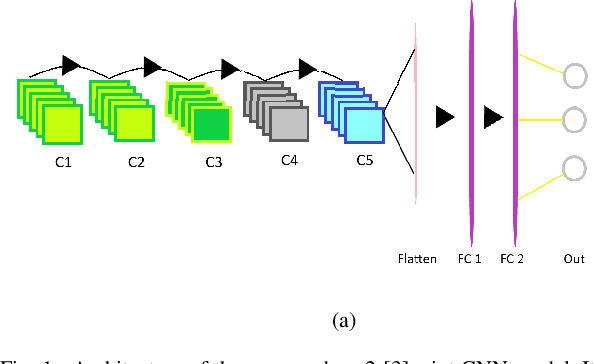

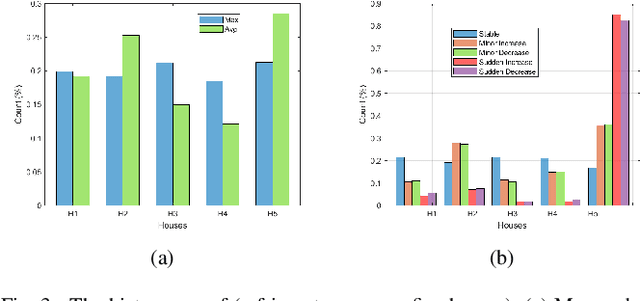

Abstract:Non-intrusive load monitoring (NILM) or energy disaggregation is an inverse problem whereby the goal is to extract the load profiles of individual appliances, given an aggregate load profile of the mains of a home. NILM could help identify the power usage patterns of individual appliances in a home, and thus, could help realize novel energy conservation schemes for smart homes. In this backdrop, this work proposes a novel deep-learning approach to solve the NILM problem and a few related problems as follows. 1) We build upon the reputed seq2-point convolutional neural network (CNN) model to come up with the proposed seq2-[3]-point CNN model to solve the (home) NILM problem and site-NILM problem (basically, NILM at a smaller scale). 2) We solve the related problem of appliance identification by building upon the state-of-the-art (pre-trained) 2D-CNN models, i.e., AlexNet, ResNet-18, and DenseNet-121, which are trained upon two custom datasets that consist of Wavelets and short-time Fourier transform (STFT)-based 2D electrical signatures of the appliances. 3) Finally, we do some basic qualitative inference about an individual appliance's health by comparing the power consumption of the same appliance across multiple homes. Low-frequency REDD dataset is used to train and test the proposed deep learning models for all problems, except site-NILM where REFIT dataset has been used. As for the results, we achieve a maximum accuracy of 94.6\% for home-NILM, 81\% for site-NILM, and 88.9\% for appliance identification (with Resnet-based model).
Hand-breathe: Non-Contact Monitoring of Breathing Abnormalities from Hand Palm
Dec 12, 2022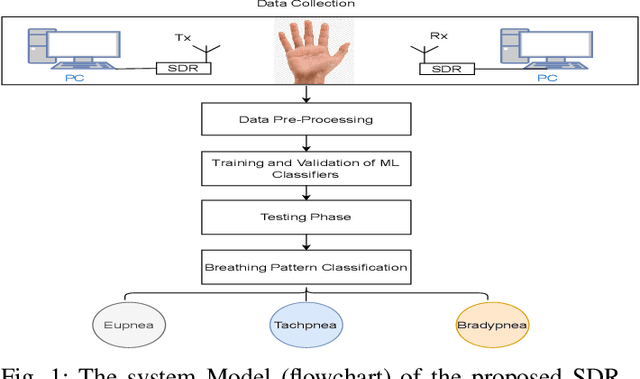
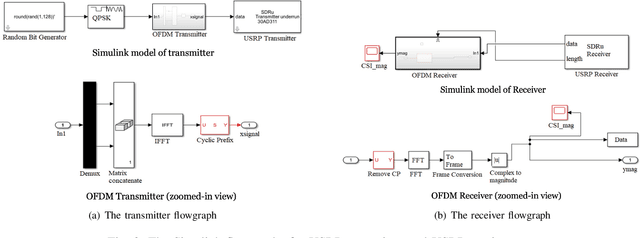
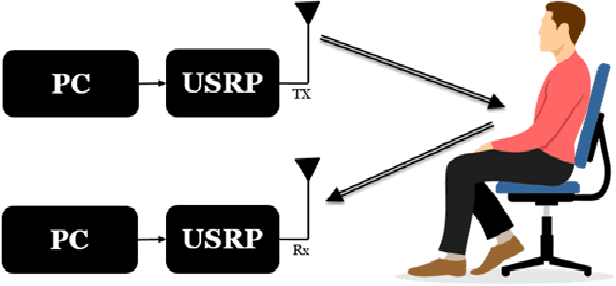

Abstract:In post-covid19 world, radio frequency (RF)-based non-contact methods, e.g., software-defined radios (SDR)-based methods have emerged as promising candidates for intelligent remote sensing of human vitals, and could help in containment of contagious viruses like covid19. To this end, this work utilizes the universal software radio peripherals (USRP)-based SDRs along with classical machine learning (ML) methods to design a non-contact method to monitor different breathing abnormalities. Under our proposed method, a subject rests his/her hand on a table in between the transmit and receive antennas, while an orthogonal frequency division multiplexing (OFDM) signal passes through the hand. Subsequently, the receiver extracts the channel frequency response (basically, fine-grained wireless channel state information), and feeds it to various ML algorithms which eventually classify between different breathing abnormalities. Among all classifiers, linear SVM classifier resulted in a maximum accuracy of 88.1\%. To train the ML classifiers in a supervised manner, data was collected by doing real-time experiments on 4 subjects in a lab environment. For label generation purpose, the breathing of the subjects was classified into three classes: normal, fast, and slow breathing. Furthermore, in addition to our proposed method (where only a hand is exposed to RF signals), we also implemented and tested the state-of-the-art method (where full chest is exposed to RF radiation). The performance comparison of the two methods reveals a trade-off, i.e., the accuracy of our proposed method is slightly inferior but our method results in minimal body exposure to RF radiation, compared to the benchmark method.
 Add to Chrome
Add to Chrome Add to Firefox
Add to Firefox Add to Edge
Add to Edge